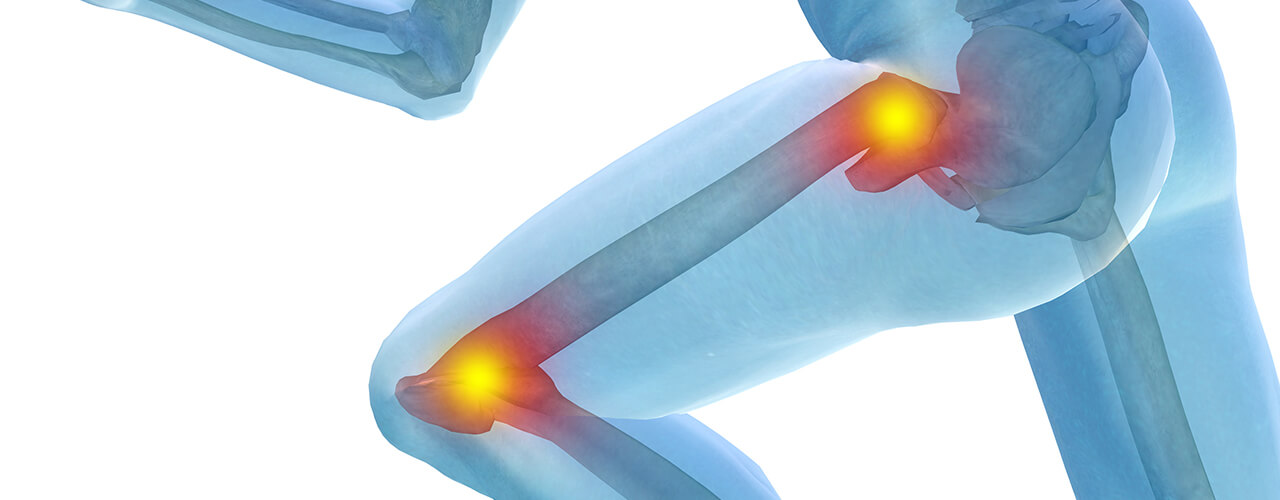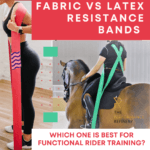Your hips and knees experience the brute force of your body’s exertion. Day after day, as you go through your routine and push your body to complete the tasks you demand of it, you are putting endless amounts of pressure on your hips and knees. Every time you stand up, sit down, take a step, or dash up the stairs at the office to make it to your next meeting you are putting pressure on your hips and knees. It is really no wonder, then, that these are also two of the areas of your body that are most susceptible to long-term pain.
Hips and knee injuries can be particularly difficult to recover from because providing these parts of your body with the rest they need to recover from an injury takes a lot of work. Even shifting your weight around in bed can put pressure on your hips! So how can you overcome hip and knee pain, then? The answer is right in front of you: Sports science therapy.
What is Hip and Knee Pain?
Your knees and hips are both large weight-bearing joints — in fact, they’re some of the most important joints in your entire body. If you have hip pain, you might have mild, moderate, or even severe pain around your outer hip, in your upper thighs, or on the outer part of your buttocks. This pain can be erratic and is sometimes unpredictable. You may have pain mainly while exercising or it may be worse when you’re sitting down.
Knee pain, like hip pain, can be different for every person. It tends to be worst when in motion, but the pain often lingers even when you’re at rest. Knee pain is often accompanied by swelling, stiffness, and problems with straightening your leg out completely.
Hip and knee pain are usually separate, but many people who suffer from conditions like arthritis will experience both of these kinds of pain. While hip and knee pain can be very difficult and can even cause disability if not treated, there are effective treatments. Your sports science therapist can help with this type of joint pain.
Your knees and hips rely on cartilage to prevent friction as the bones move against one another. Your joints wear down this cartilage over time, and the more you move, the more likely you are to experience this breakdown. In addition to the breakdown of cartilage, muscles and tendons can begin to experience overuse and will start to breakdown, and all of this combined can stimulate inflammation, which can lead to further stress on the joints. This creates a cycle that can lead to major discomfort, especially if it isn’t addressed quickly.
Causes of Hip and Knee Pain
There are a lot of different reasons as to why hip and knee pain may develop. For some, the reality is that a lot of activity means a lot more potential for pain, and so this is why athletes, as well as those who work in fields that are physically demanding on the body, are more likely to experience pain in the hip and knee areas.
However, hip and knee pain is certainly not unique to athletes. Factors like age, being overweight, and other environmental and personal health factors can increase your risk of developing hip and knee pain.
Some of the most common causes:
- Arthritis: There are two main types of arthritis, including Osteoarthritis and Rheumatoid arthritis, both of which can cause significant pain to the hips and the knees. Arthritis as a condition causes inflammation, which causes the joints to swell and increases the amount of friction in the joint space. This causes cartilage to wear down even worse than before. When the problem is caused by arthritis, the pain typically grows worse over time and doesn’t go away with traditional over the counter treatment options.
- Fractures: Any injury can cause long-term pain in the joint, but fractures are especially worrisome because they aren’t always obvious. There are many situations in which someone fractures their hip and attempts to cope with the pain, which causes the hip to heal incorrectly, as it didn’t receive the treatment it needed.
- Tendinitis: In addition to the cartilage and muscles, the joints are held together by tendons which can also experience inflammation. When this happens it is not referred to as arthritis, but is a condition that leads to comparable pain, tendinitis. Other common causes of hip and knee pain include injuries, including tears to the muscles or tendons, as well as sprains and strains.
- Bursitis: This is caused by the cushioning sacs between your joints and connective tissues growing inflamed, typically due to the repetition of a specific motion.
How Sports science Therapy can help with Hip and Knee Pain
Sports science therapy is now widely accepted as one of the best healing options for patients who suffer from hip and knee pain. When you undergo physical therapy for hip pain or knee pain, you’re getting a customized plan that focuses on not only pain relief but also on long-term healing. When you meet with a sports science therapist they will work to identify the cause of your hip and knee pain
In addition to pain relief treatments like heat application and ultrasound therapy, your therapist will also help you rebuild strength so you can have full knee or hip function again. You’ll do closely supervised exercises at our facility, and your therapist may also teach you specially prescribed exercises to do at home.
Human biomechanics therapy always focuses on doing recovery the right way, the non-invasive way, and the safe way. If you want to get rapid pain relief as well as actual healing, contact Performance Refinery today. Relieve pain in knee with sports science therapy. We’re here to help you heal!






